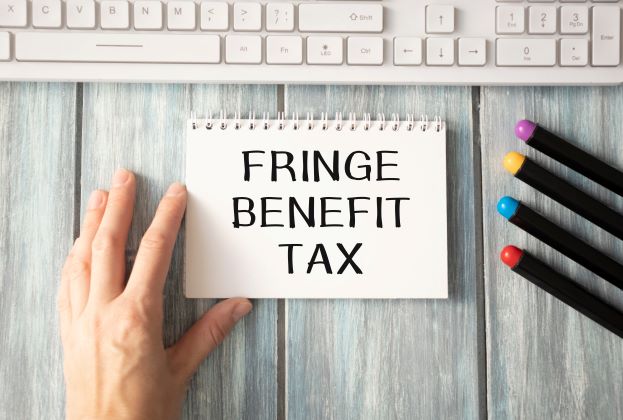Car Fringe Benefit
When does a car fringe benefit arise? It arises when an employer held a car and is made available for the employee for private use or is treated as being available. A car is held by an employee when it is owned by that employer, leased to that employer, or otherwise made available to that employer by another person.For example: The company’s car is registered and insured in the company’s name and it is considered to be held by that company and the employee is a director of that company.
A recent court case has confirmed that where the employer's business premises are near the employee's place of residence, or the employer's business premises are at the employee's place of residence, a car is deemed to be available for private use.
Please note if the employer instead reimbursing the car expenses of the employee, this does not constitute a car fringe benefit. Rather, it may be considered as a loan, expense payment, property or residual fringe benefits.
What would happen if the cars were under hire purchase?
Where the hirer is an employer who provides such a car to an employee or associate for that employee’s or associate’s private use, a car fringe benefit will arise.
How do we determine the taxable value of a car fringe benefit?
There are two different methods that you can use in calculating the taxable value of a car fringe benefits:
- The statutory formula method (it relies on the car’s cost price or market value), and
- The operating cost method (based on the operating costs of the car – it is often referred to as the log-book method.
As an employer, you can choose whichever method that will provide you the lower taxable value. However, if employers do not have all the records needed to substantiate use of the operating cost method, particularly log books, the statutory formula method must be used. You are allowed to change the method used for a particular car from FBT year to FBT year.
For further details regarding how to calculate the taxable value using either of the above method can be found on the ATO website here.
Disclaimer: The material and contents provided in this blog are general guide and informative in nature only. They are not intended to be seen as legal and tax advice. If expert assistance is required, you should seek your own advice for any legal, tax or investment issues raised in your affairs.

